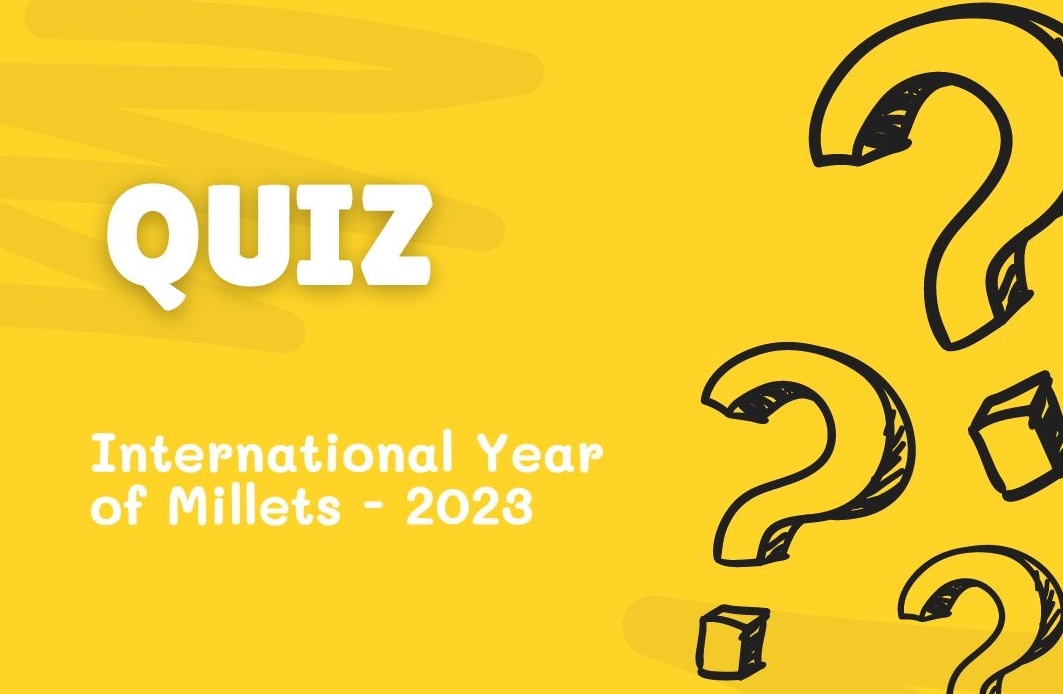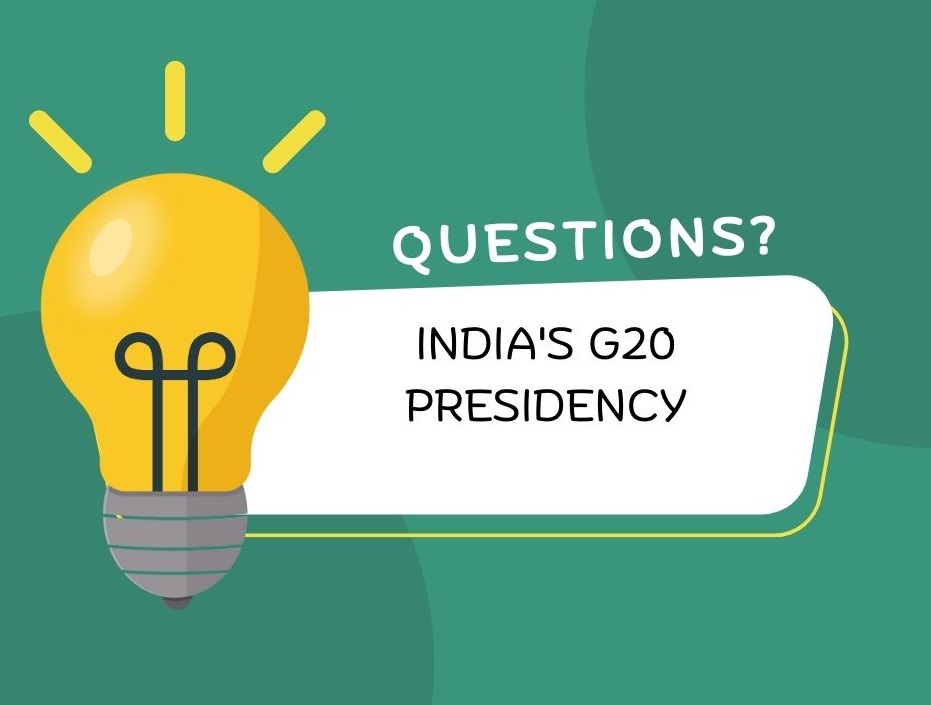Take this short quiz to assess your understanding.
1. When was the International Year of Millets declared by the United Nations?
a) 2021
b) 2022
c) 2023
d) 2024
2. Which country proposed the International Year of Millets?
a) Italy
b) India
c) United States
d) China
3. How many countries supported the proposal for the International Year of Millets?
a) 5
b) 20
c) 50
d) 72
4. What are millets also known as?
a) Nutri-cereals
b) Super-grains
c) Whole grains
d) Organic crops
5. Which of the following is not a major millet?
a) Finger Millet (Ragi)
b) Pearl Millet (Bajra)
c) Sorghum Millet (Jowar)
d) Foxtail Millet (Kangni)
6. What is the advantage of millets over other cereals in terms of climate resilience?
a) They require less water for growth.
b) They can be grown in arid areas.
c) They are resistant to diseases and pests.
d) All of the above.
7. Which of the following is a health benefit of consuming millets?
a) High glycemic index
b) Gluten-free
c) Depletion of soil nutrients
d) Low in dietary fiber
8. Millets contribute to the food security of vulnerable populations by:
a) Growing in difficult conditions
b) Being resistant to diseases
c) Providing land cover in arid areas
d) Depleting soil nutrients
9. When did the cultivation of Proso Millet in India begin?
a) Neolithic era
b) Pre-Harappan period
c) Green Revolution
d) Modern era
10. Which country tops the world in millets production?
a) China
b) India
c) United States
d) Brazil
ANSWER KEY
Answer 1: a) 2021; Answer 2: b) India; Answer 3: d) 72; Answer 4: a) Nutri-cereals; Answer 5: d) Foxtail Millet (Kangni); Answer 6: d) All of the above; Answer 7: b) Gluten-free; Answer 8: a) Growing in difficult conditions; Answer 9: b) Pre-Harappan period; Answer 10: b) India.
Read about International Year of Millets – 2023




